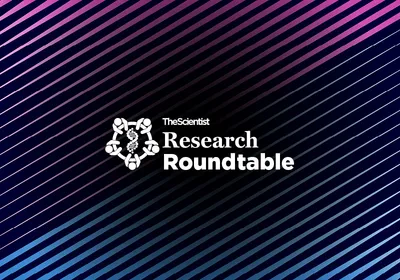ABOVE: Illustration of Saccharomyces cerevisiae
© ISTOCK.COM, DR_MICROBE
There are more than 60 documented types of modifications to the histone proteins that form the backbone of DNA, and studying the role of these marks is complicated. For one, the cellular environment dictates which epigenetic marks end up on certain amino acids in the tails of histones—large, boxy proteins around which an organism’s DNA is coiled—so studying histones outside of their native context can alter results. Add to that the fact that scientists don’t often know all the targets of a particular enzyme. Current approaches—using recombinant proteins to create synthetic histones and enzymes for in vitro experiments or trying to isolate and purify natural ones—are expensive and difficult to scale.
To better study histone biology, North Carolina State University synthetic biologist Alison Waldman designed a speedy and cost-effective platform using baker’s yeast (Saccharomyces cerevisiae). “Yeast are really small, they grow a ...



















